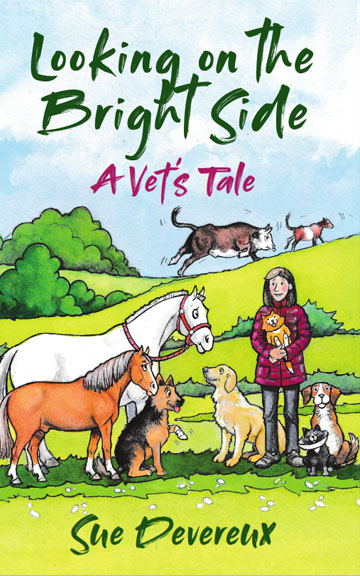Veterinary Times
18th June 2007
THIS weighty, 750-page volume is an enlarged and updated second edition to reflect the changes and developments in equine veterinary care since it was first published in 1992. Aimed at horse owners and students, it has a reputation of being the leading text of its kind.
By far the most comprehensive horse care book I have come across, The Veterinary Care of the Horse covers the major physiological systems as well as behaviour problems, care of the donkey, preventive medicine, first aid, wound management, lameness, conditions of the foot, tendon and ligament injuries, bone conditions, muscular disease and neurological conditions, the horse�s spine and pelvis, diagnostic procedures and imagining techniques, therapies and complementary therapies and veterinary procedures.
Particularly useful for me is the inclusion of information on diagnostic and veterinary procedures: the text explains what the vet is likely to do and what care measures would be needed, which for an anxious owner can give great peace of mind and is sensible preparation.
The section on examination of the lame horse is a good example, going into detail on the information the vet will need to aid diagnosis, with an explanation of the diagnostic techniques and assessments that he or she may carry out, and what he or she is looking for.
The owner can then look up the relevant section, on each condition, which explains the clinical signs, diagnosis, treatment, and prognosis, in addition to explanations on prevention, stages of healing, treatment and care to assist in answering the questions they may have on ensuring an optimum recovery.
However, the text would benefit from more explanation of the reasons why it is important to comply with the treatment regime.
The book contains a lot of useful background information (for example, discussing the paraprofessionals who are qualified to treat back pain in the horse and presenting a thorough discussion of saddle fitting).
Reflecting the growing interest among the public on complementary therapies, there is a chapter devoted to acupuncture, osteopathy, chiropractic, homoeopathy, herbal medicine and healing. Presented in an unbiased manner, the treatments, their benefits and risks are discussed and the conditions that may be treated with them are identified.
The lengthy final chapter offers further advice and practical tips on subjects as diverse as common difficulties in giving an intramuscular injection, insurance cover, transporting horses and prohibited substances for competition horses.
The book is well illustrated with photographs and diagrams that are supportive to the text, and is written in plain English, explaining clearly to a non-veterinary audience while avoiding patronising the reader.
The format is well thought out with an extensive and highly useable contents section, backed up by and efficient index and short, yet relevant, further reading and useful website listings.
Each chapter follows a logical progression, making navigation easy and intuitive.
The authors states that: � The aim [of the book] is to help everyone involved with horses to understand the vet�s approach and provide the best of care for the horses�, which, in my opinion, has been achieved absolutely. Indeed, my only quandry is whether to keep my highly-prized copy in the living room for comfortable reading, or to risk the damp at the stables and have it to hand for practical reference.
Jenny Frost



